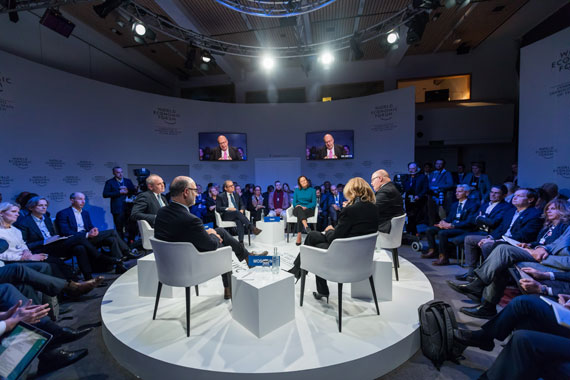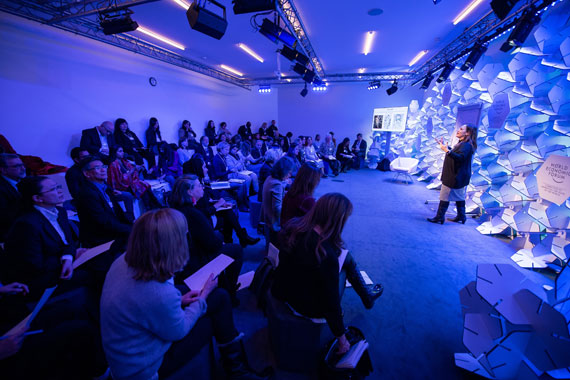Event photography is a thrilling yet challenging domain. It’s about encapsulating the essence, emotions, and narrative of an event in a set of photos. For those who are venturing into the realm of event photography, knowing which shots are crucial and how to execute them can significantly up the game. Here’s a look at the essential shots every event photographer should master:

Photo captured by Evangeline Shaw; 16mm, f/4.0, 1/200s, ISO 3200
1. Candid Shots
Candid photography is the art of capturing spontaneous moments without the subjects being aware of the camera. These unposed shots often reflect the true essence and emotions of the moment.
Tips:
- Stay Invisible: Blend with the crowd and avoid drawing attention to yourself to capture natural reactions.
- Anticipate Moments: Keep an eye on the interactions and expressions, and have your camera ready to capture the fleeting moments.
2. Group Shots
Group shots are quintessential in events as they commemorate the gathering of families, friends, or colleagues.
Tips:
- Organize Your Subjects: Direct your group with a friendly, but firm approach to get an organized shot quickly.
- Use a Tripod: To ensure everyone is in focus, especially in large group photos, use a tripod to keep the camera steady.
3. Detail Shots
Every event has unique details that tell its story – the decor, food, venue setup, and other intricate elements.
Tips:
- Arrive Early: Reach the venue before the guests to capture the details undisturbed.
- Use a Macro Lens: For close-up shots of details, a macro lens can provide sharp and clear images.
4. Portraits
Portraits are personal and can be either posed or candid. They are a way to highlight the attendees and their connections to the event.
Tips:
- Engage with Your Subject: Make your subject feel comfortable, talk to them, and perhaps share a laugh to get natural expressions.
- Use a Shallow Depth of Field: A shallow depth of field helps in focusing on the subject and blurring the background, making the portrait more engaging.
5. Mastering Low Light Photography
Events often stretch into the evening hours, with dim lighting conditions. Mastering low light photography is crucial to ensure the quality of photos isn’t compromised.

Photo captured by Evangeline Shaw; 14mm, f/2.8, 1/250s, ISO 1000
Tips:
- Use a Fast Lens: Lenses with wide apertures (like f/1.4 or f/1.8) allow more light into the camera sensor, aiding in low light conditions.
- Increase ISO Sensitively: While higher ISO settings allow for brighter images in low light, they also introduce noise. Balance is key.
- Steady Your Camera: Use a tripod or monopod to stabilize your camera, reducing the chances of blurred images due to camera shake.
6. On-Camera Flash Photography
On-camera flash can be a lifesaver in poorly lit environments, helping to illuminate the subject and surroundings adequately.
Tips:
- Bounce the Flash: Instead of pointing the flash directly at the subjects, bounce it off a ceiling or wall for a softer, more flattering light.
- Use Diffusers: Diffusers soften the light from the flash, reducing harsh shadows and highlights.
Conclusion
Mastering these shots requires practice, the right equipment, and a keen eye for storytelling through visuals. As an event photographer, evolving your skills to capture these essential shots will not only satisfy your clients but also provide a rewarding creative outlet. Each event is a new canvas with endless possibilities to capture enduring memories and tell compelling stories through your lens.
For further training: Secrets of Successful Event Photography at 33% Off
Like This Article?
Don't Miss The Next One!
Join over 100,000 photographers of all experience levels who receive our free photography tips and articles to stay current:






Leave a Reply